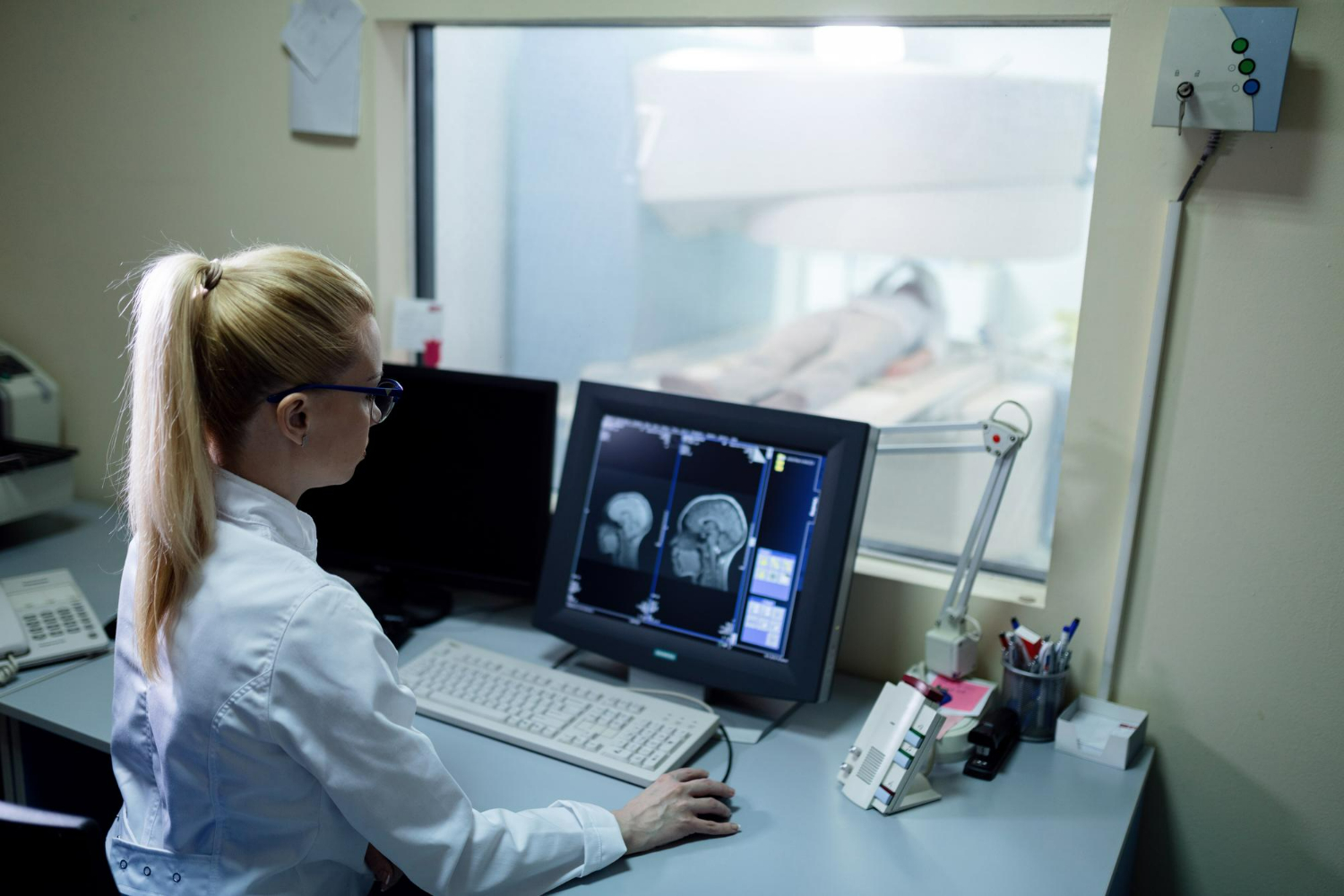Introduction
Effective treatment of Ankylosing Spondylitis (AS) is essential for managing symptoms, preventing complications, and improving quality of life. This article provides an overview of various treatment options available to individuals living with AS.
Medication-Based Treatments
Nonsteroidal Anti-Inflammatory Drugs (NSAIDs)
NSAIDs such as ibuprofen and naproxen are commonly used to reduce pain and inflammation associated with AS. They work by blocking the production of prostaglandins, which are chemicals that contribute to inflammation and pain.
Disease-Modifying Antirheumatic Drugs (DMARDs)
DMARDs such as sulfasalazine and methotrexate are used to slow down the progression of AS by targeting the underlying inflammatory processes. They help reduce joint damage and improve symptoms over time.
Biologic Therapies
Biologic therapies, also known as biologics, are a newer class of medications that target specific components of the immune system involved in the inflammation process. Drugs like TNF-alpha inhibitors (e.g., etanercept, adalimumab) and interleukin inhibitors (e.g., secukinumab, ixekizumab) have shown efficacy in reducing symptoms and inflammation in AS.
Steroids
Steroids, such as prednisone, may be used to provide short-term relief from severe inflammation and pain in AS. However, they are typically not recommended for long-term use due to their potential side effects.
Physical and Occupational Therapies
Exercise Programs
Regular exercise is crucial for maintaining mobility, flexibility, and overall health in individuals with AS. A tailored exercise program that includes stretching, strength training, and cardiovascular exercises can help improve joint function and reduce stiffness.
Physical Therapy
Physical therapy focuses on specific exercises, manual techniques, and modalities to address pain, improve posture, and enhance mobility in AS patients. Therapists may also provide education on proper body mechanics and ergonomics.
Occupational Therapy
Occupational therapists help individuals with AS adapt to daily activities and tasks by providing strategies, tools, and modifications to improve independence and quality of life.
Complementary and Alternative Therapies
Acupuncture
Acupuncture involves the insertion of thin needles into specific points on the body to stimulate nerves, muscles, and connective tissues. Some individuals with AS find acupuncture helpful in reducing pain and promoting relaxation.
Massage Therapy
Massage therapy can help alleviate muscle tension, improve circulation, and reduce pain in AS patients. Techniques such as Swedish massage, deep tissue massage, and myofascial release may be beneficial.
Yoga and Tai Chi
Yoga and Tai Chi are mind-body practices that incorporate gentle movements, stretches, and breathing exercises. These practices can help improve flexibility, balance, and overall well-being in individuals with AS.
Surgery and Interventional Procedures
Spinal Fusion Surgery
In severe cases of AS where there is significant spinal deformity and loss of function, spinal fusion surgery may be considered to stabilize the spine and relieve pressure on nerves.
Joint Replacement Surgery
For individuals with advanced AS who experience severe joint damage, joint replacement surgery (e.g., hip or knee replacement) may be necessary to restore function and reduce pain.
Minimally Invasive Procedures
Minimally invasive procedures, such as radiofrequency ablation and nerve blocks, may be used to provide targeted pain relief in specific areas affected by AS.
Lifestyle Modifications
Posture Correction
Maintaining good posture is essential for individuals with AS to prevent further spine and joint damage. Techniques such as postural exercises, ergonomic furniture, and proper body mechanics can help improve posture.
Diet and Nutrition
A balanced diet rich in anti-inflammatory foods such as fruits, vegetables, whole grains, and omega-3 fatty acids may help reduce inflammation and improve overall health in individuals with AS.
Stress Management Techniques
Chronic pain and inflammation associated with AS can take a toll on mental health. Stress management techniques such as relaxation exercises, mindfulness meditation, and counseling can help individuals cope with the emotional challenges of living with AS.
Emerging Therapies and Research
Stem Cell Therapy
Stem cell therapy holds promise as a potential treatment for AS by promoting tissue repair and reducing inflammation. Clinical trials are underway to evaluate the safety and efficacy of stem cell therapy in AS patients.
Gene Therapy
Gene therapy aims to modify or replace faulty genes involved in the development of AS. While still in the early stages of research, gene therapy has the potential to offer targeted and personalized treatments for AS in the future.
Novel Drug Targets
Researchers are exploring new drug targets and pathways involved in AS pathogenesis, such as Janus kinase (JAK) inhibitors and sphingosine-1-phosphate (S1P) receptor modulators. These novel therapies may offer alternative treatment options for individuals with AS.
Personalized Treatment Approaches
Genetic Testing
Genetic testing can help identify specific gene variations associated with AS, such as HLA-B27, which may inform treatment decisions and prognosis. Personalized treatment plans tailored to an individual’s genetic profile may improve treatment outcomes.
Tailored Treatment Plans
Treatment plans for AS should be tailored to each individual’s unique needs, preferences, and disease severity. A multidisciplinary approach involving rheumatologists, physical therapists, occupational therapists, and other healthcare professionals is essential for comprehensive care.
Shared Decision Making with Healthcare Providers
Shared decision making involves active participation and collaboration between patients and healthcare providers in treatment decisions. Open communication, education, and mutual respect empower individuals with AS to make informed choices about their treatment options.
Challenges and Considerations in Treatment
Side Effects and Risks
Many medications used to treat AS may have potential side effects and risks, such as increased susceptibility to infections, liver toxicity, and gastrointestinal problems. Close monitoring and regular follow-up with healthcare providers are necessary to manage these risks.
Accessibility and Affordability
Access to healthcare services, medications, and therapies may vary depending on factors such as geographic location, insurance coverage, and financial resources. Addressing barriers to access is crucial for ensuring equitable and affordable treatment for all individuals with AS.
Long-Term Management Strategies
Ankylosing Spondylitis is a chronic condition that requires long-term management and support. Developing a proactive approach to treatment, incorporating lifestyle modifications, and staying informed about new advancements in AS management are key to effectively managing the disease over time.
Conclusion
In conclusion, Ankylosing Spondylitis is a complex and challenging condition that requires a comprehensive approach to treatment. From medication-based therapies to physical and occupational therapies, complementary and alternative therapies, surgery, and emerging treatments, there are various options available to help individuals manage their symptoms and improve their quality of life. By working closely with healthcare providers, adopting a personalized treatment plan, and addressing challenges and considerations in treatment, individuals with AS can effectively navigate their journey towards better health and well-being.



















